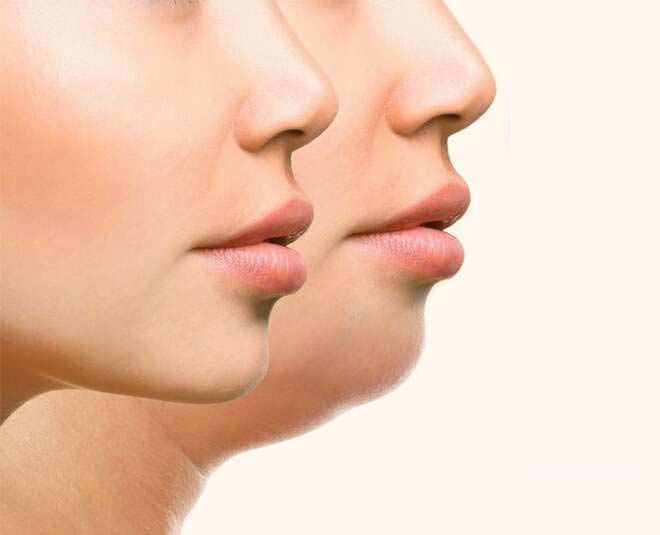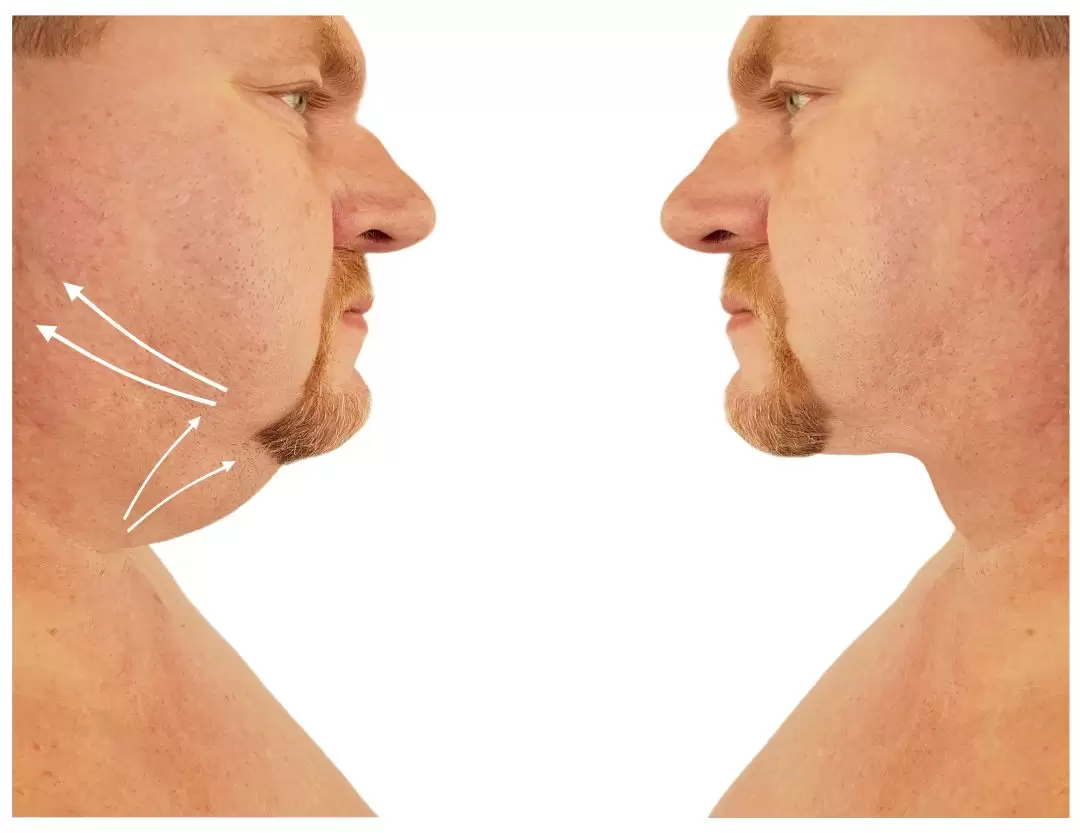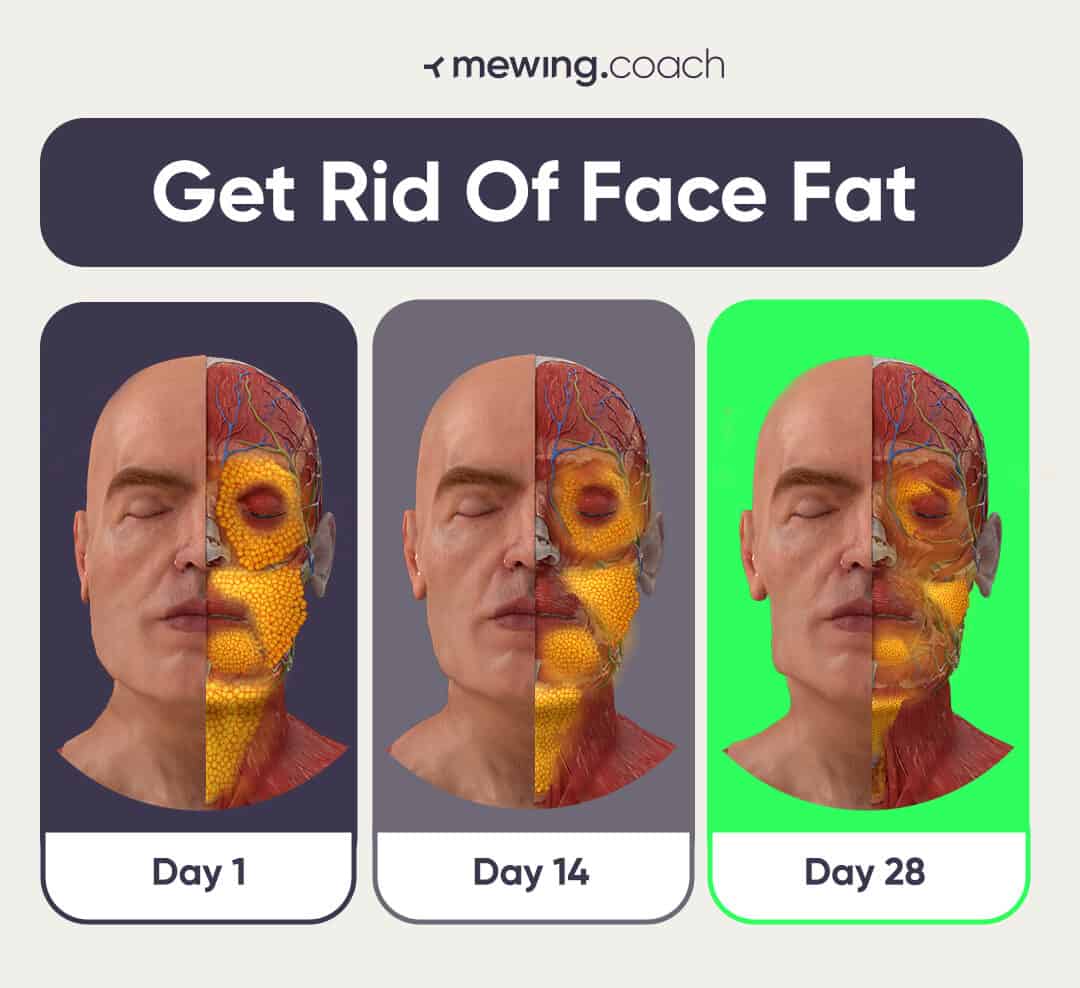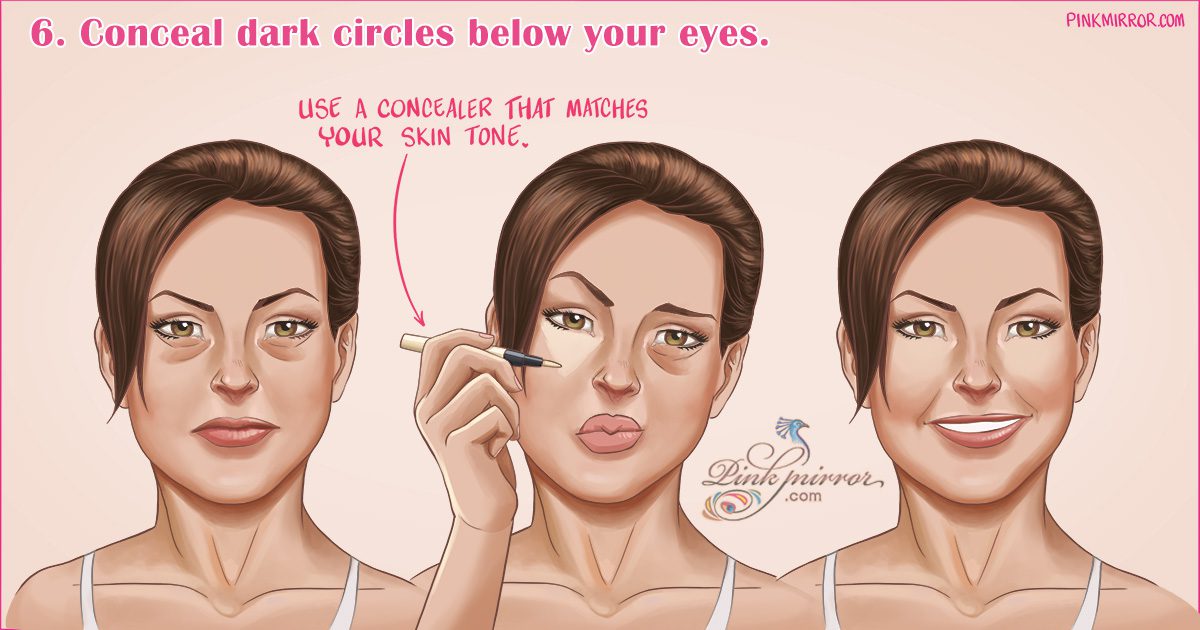Discover the secrets to losing face fat with “The Ultimate Guide to Losing Face Fat.” From diet tips to facial exercises, this comprehensive article has all you need to achieve a sculpted and defined look. Say goodbye to chubby cheeks and hello to a more confident you!
If you’ve been wondering how to shed some extra pounds from your face, look no further than “The Ultimate Guide to Losing Face Fat.” This comprehensive article provides valuable insights and tips on reducing facial fat, giving you a more sculpted and defined look. From incorporating fiber-rich foods into your diet to engaging in specific facial exercises, this guide covers it all. So say goodbye to chubby cheeks and hello to a more contoured jawline by following these tried and tested methods. Get ready to transform your face and boost your confidence with this ultimate guide.

Understanding Face Fat
1.1 What is Face Fat?
Face fat refers to the excess accumulation of fat in the face, particularly in areas such as the cheeks, chin, and neck. This can result in a rounder or fuller appearance of the face, which may be undesirable for some individuals. While having some amount of facial fat is natural and necessary for a balanced facial structure, excessive face fat can impact one’s overall appearance and self-confidence.
1.2 Causes of Face Fat
There are several factors that can contribute to the development of face fat. One common cause is overall weight gain. When you gain weight, your body tends to distribute the excess fat throughout various areas, including the face. Genetics can also play a role in determining how much face fat a person may have. Some individuals may have a predisposition to store more fat in the face due to their genetic makeup. Additionally, age-related muscle loss and a reduction in skin elasticity can contribute to the appearance of face fat.
Importance of Losing Face Fat
2.1 Health Risks of Excess Face Fat
While face fat is primarily a cosmetic concern, there can be underlying health risks associated with excessive facial fat. Research suggests that individuals with higher amounts of face fat may have an increased risk of developing obstructive sleep apnea, a condition characterized by interrupted breathing during sleep. Excess face fat can also contribute to the narrowing of airways, which can further exacerbate breathing difficulties and sleep-related issues.
2.2 Boosting Self-confidence
Apart from the potential health risks, losing face fat can significantly enhance one’s self-confidence and self-esteem. Many individuals find that a slimmer face can improve their overall appearance and make them feel more attractive. Feeling self-conscious about face fat can lead to insecurities, which can affect social interactions and overall mental well-being. By addressing excess face fat, you can boost your self-confidence and feel more comfortable and content with your appearance.

Assessing Body Fat Percentage
3.1 Why Body Fat Percentage Matters?
Determining your body fat percentage is crucial when it comes to understanding and addressing face fat. It helps you get an accurate assessment of your overall body composition, including fat distribution. Tracking your body fat percentage can also provide insight into your progress during your weight loss journey. By monitoring your body fat percentage, you can better understand whether you are losing fat in the desired areas such as the face, rather than just overall weight.
3.2 Techniques to Measure Body Fat Percentage
There are several methods available to measure body fat percentage. Some common techniques include skinfold calipers, bioelectrical impedance analysis (BIA), dual-energy X-ray absorptiometry (DEXA), and hydrostatic weighing. While these methods vary in terms of accuracy and accessibility, they can provide you with a general idea of your body fat percentage. It’s important to note that these measurements should be taken as a guide and not as an absolute measurement of body fat percentage.
Healthy Diet for Face Fat Loss
4.1 Caloric Deficit: The Key to Fat Loss
One of the most important aspects of losing face fat is maintaining a caloric deficit. To lose fat, you need to consume fewer calories than your body burns. This creates an energy deficit, prompting your body to utilize its fat stores, including the excess fat in your face. However, it’s crucial to create a moderate caloric deficit to ensure that you are losing fat gradually and in a sustainable manner.
4.2 Choosing Nutrient-dense Foods
When aiming to lose face fat, it’s essential to focus on consuming nutrient-dense foods. These foods provide your body with essential vitamins, minerals, and antioxidants while keeping your caloric intake in check. Opt for a variety of whole foods such as fruits, vegetables, lean proteins, whole grains, and healthy fats. These foods not only support fat loss but also promote overall health.
4.3 Balancing Macronutrients
To effectively lose face fat, it’s crucial to strike a balance between macronutrients – carbohydrates, proteins, and fats. Each macronutrient plays a vital role in your body’s functions, and a well-balanced intake can support your weight loss goals. Aim to consume a moderate amount of carbohydrates for energy, prioritize lean proteins to support muscle growth and repair, and include healthy fats for satiety and overall health.
4.4 Benefits of Intermittent Fasting
Intermittent fasting has gained popularity as an effective tool for weight loss, including the reduction of face fat. This eating pattern involves fasting for a specific period, typically 16-20 hours, followed by an eating window. By restricting your eating window, you naturally decrease your caloric intake, leading to a caloric deficit. Additionally, intermittent fasting has been shown to have positive effects on insulin sensitivity and overall metabolic health.
4.5 Avoiding Processed and Sugary Foods
Processed and sugary foods should be minimized or avoided when aiming to lose face fat. These types of foods are often high in calories, unhealthy fats, and added sugars, which can contribute to weight gain and increased face fat. Opt for whole, unprocessed foods instead, as they provide more nutrients and have a lower caloric density.

Hydration and Face Fat
5.1 Importance of Hydration for Overall Health
Staying hydrated is crucial for overall health, and it plays a significant role in face fat reduction as well. Water is involved in numerous bodily functions, including digestion, metabolism, and waste elimination. Proper hydration ensures optimal functioning of these processes, helping your body efficiently burn fat and reduce face fat.
5.2 Impact of Water Consumption on Face Fat
Water consumption can have an impact on face fat reduction. When your body is dehydrated, it tends to retain water, leading to bloating and puffiness in the face. By drinking an adequate amount of water throughout the day, you can help flush out excess water weight and reduce facial bloating, resulting in a slimmer appearance.
5.3 Tips to Stay Hydrated
To maintain proper hydration throughout the day, make sure to drink an adequate amount of water. Aim for at least eight glasses (64 ounces) of water daily. Additionally, you can consume hydrating foods such as fruits and vegetables, which have high water content. Set reminders or carry a water bottle with you to ensure you’re staying hydrated consistently.
Facial Exercises for Slimming Face
6.1 Understanding Facial Muscles
Facial exercises involve targeting specific muscles in the face and neck to help tone and slim down the face. There are about 43 muscles in the face, and by engaging them through targeted exercises, you can strengthen and tighten the underlying muscles, giving your face a more defined and sculpted appearance.
6.2 Benefits of Facial Exercises
Facial exercises offer numerous benefits when it comes to reducing face fat. They help improve muscle tone, increase blood circulation, and promote lymphatic drainage. By stimulating these processes, facial exercises can help reduce water retention and puffiness, enhance collagen production, and contribute to overall skin health.
6.3 Effective Facial Exercises
Some effective facial exercises to slim down the face include cheek lifts, jawline exercises, neck resistance exercises, and tongue exercises. Cheek lifts involve smiling while placing your fingers on your cheeks and gently lifting them. Jawline exercises include chewing gum or performing chin lifts by looking towards the ceiling and puckering your lips tightly. Neck resistance exercises involve pressing your palm against your forehead or the back of your head and applying resistance. Tongue exercises, such as pushing your tongue against the roof of your mouth, can also help tone facial muscles.

A Well-Rounded Exercise Routine
7.1 The Role of Exercise in Fat Loss
Exercise plays a crucial role in overall fat loss, including face fat reduction. Engaging in regular physical activity helps increase your overall energy expenditure and promotes a higher caloric deficit. Additionally, exercise can help build muscle mass, which in turn increases your metabolic rate and enhances fat-burning potential.
7.2 Choosing Cardiovascular Exercises
Cardiovascular exercises, such as running, cycling, swimming, or brisk walking, are effective for burning calories and reducing overall body fat, including face fat. These exercises elevate your heart rate, increasing calorie burn. Aim for at least 150 minutes of moderate-intensity cardiovascular exercise per week to achieve optimal fat loss results.
7.3 Incorporating Strength Training
Strength training is essential for building and toning muscles throughout your body, including the face. By incorporating exercises that target the facial muscles, such as facial yoga or resistance exercises using your hands, you can enhance muscle definition and achieve a more sculpted facial appearance. Additionally, strength training helps increase your metabolic rate, further aiding in overall fat loss.
7.4 High-Intensity Interval Training (HIIT)
High-Intensity Interval Training (HIIT) is a time-efficient exercise method that combines short bursts of intense exercise with brief recovery periods. HIIT workouts are effective for burning calories and promoting fat loss, including face fat reduction. Incorporate HIIT exercises, such as sprint intervals or bodyweight circuits, into your exercise routine to maximize fat-burning potential.
7.5 Yoga and Pilates for Face Fat Reduction
Yoga and Pilates are excellent options for face fat reduction as they focus on improving muscle strength, flexibility, and posture. Certain yoga poses and Pilates exercises target the muscles in the face and neck, aiding in toning and firming these areas. Additionally, these mind-body exercises promote relaxation, stress reduction, and overall well-being.
Lifestyle Habits for Face Fat Reduction
8.1 Getting Sufficient Sleep
Getting enough sleep is essential for overall health and can contribute to face fat reduction. Lack of sleep can disrupt hormonal balance and increase cravings for unhealthy foods, leading to weight gain. Aim for 7-9 hours of quality sleep each night to support your weight loss efforts and promote optimal facial appearance.
8.2 Managing Stress Levels
Chronic stress can contribute to weight gain and the accumulation of face fat. When stressed, the body releases cortisol, a hormone that can lead to increased appetite and fat storage. Incorporate stress management techniques into your daily routine, such as meditation, deep breathing exercises, or engaging in hobbies or activities that bring you joy and relaxation.
8.3 Limiting Alcohol Consumption
Alcohol consumption can hinder your face fat reduction goals as it is high in empty calories and can contribute to weight gain. Additionally, alcohol can dehydrate the body, leading to facial bloating and puffiness. Limit your alcohol intake or avoid it altogether to support your overall health and promote a slimmer face.
8.4 Avoiding Smoking and Secondhand Smoke
Smoking and exposure to secondhand smoke can negatively impact your facial appearance and contribute to face fat accumulation. Smoking damages collagen and elastin in the skin, leading to premature aging, sagging skin, and a tired-looking face. Avoid smoking and minimize exposure to secondhand smoke to maintain a youthful and toned facial appearance.
8.5 Incorporating Facial Massages and Lymphatic Drainage
Facial massages and lymphatic drainage techniques can help reduce face fat by promoting blood circulation and lymphatic flow. These techniques help flush out toxins and reduce fluid retention in the face, resulting in a more sculpted and defined appearance. Consider incorporating facial massages or seek professional guidance to learn these techniques effectively.

Professional Treatments for Face Fat Loss
9.1 Non-surgical Options (Botox, Fillers, etc.)
Non-surgical options such as Botox and fillers can be considered to reduce the appearance of face fat temporarily. Botox injections can help relax specific facial muscles, resulting in a slimmed-down appearance. Fillers can be used strategically to create volume and contouring effects, giving the face a more defined and sculpted look. It’s essential to consult with a qualified medical professional to discuss the suitability and potential risks of these treatments.
9.2 Cosmetic Surgeries (Liposuction, Neck Lift, etc.)
For individuals looking for more permanent solutions, cosmetic surgeries may be considered. Liposuction can remove excess fat from the face and neck, resulting in a more contoured appearance. A neck lift procedure can address sagging skin and excess fat in the neck area, enhancing the overall facial profile. These surgical procedures typically require consultation with a plastic surgeon to determine the appropriateness and potential risks involved.
Maintaining Face Fat Loss Results
10.1 Establishing a Sustainable Routine
Once you have achieved your desired face fat loss, it’s crucial to establish a sustainable routine to maintain your results. Continue practicing healthy eating habits, staying active, and incorporating facial exercises and self-care practices into your daily routine. Consistency is key in maintaining face fat loss, and adopting a balanced lifestyle ensures long-term success.
10.2 Tracking Progress and Adjusting Strategies
Track your progress periodically to ensure you’re maintaining your face fat loss results. Take measurements, assess changes in your body fat percentage, and pay attention to the appearance of your face. If you notice any changes or feel like adjustments are needed, consider consulting with a healthcare professional or a registered dietitian to reassess your strategies and make necessary modifications.
10.3 Seeking Professional Guidance
If you’re struggling to achieve or maintain face fat loss, consider seeking professional guidance. A registered dietitian, personal trainer, or plastic surgeon can provide personalized advice and recommendations based on your individual needs and goals. They can help you develop a tailored plan to address face fat specifically and guide you through the process to ensure optimal results.
Remember, losing face fat is a journey that requires patience, consistency, and a holistic approach. By incorporating a combination of healthy eating habits, regular exercise, facial exercises, lifestyle adjustments, and potentially professional treatments, you can achieve your desired face fat reduction goals and enhance your overall appearance and self-confidence. Stay committed to your journey, stay positive, and embrace the progress you make along the way.
